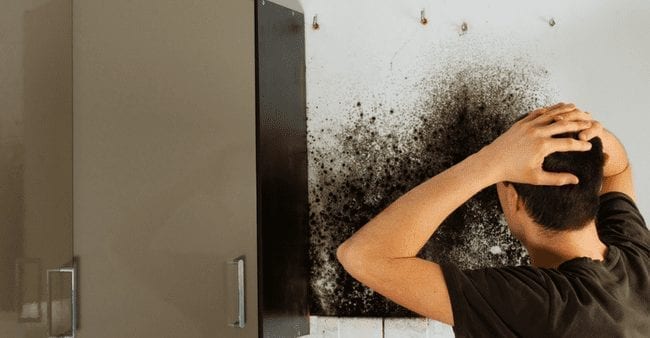6 Ways to Find Concealed Water Leakages in Your Home
6 Ways to Find Concealed Water Leakages in Your Home
Blog Article
We've discovered this great article about Top leak detection hacks down the page on the internet and decided it made perfect sense to share it with you on this page.

Early discovery of dripping water lines can mitigate a potential catastrophe. Some small water leakages might not be noticeable.
1. Examine the Water Meter
Every house has a water meter. Inspecting it is a guaranteed way that helps you find leaks. For starters, shut off all the water resources. Make sure nobody will certainly purge, utilize the tap, shower, run the washing maker or dish washer. From there, most likely to the meter and watch if it will transform. Since no one is utilizing it, there need to be no activities. That indicates a fast-moving leak if it relocates. If you detect no changes, wait a hr or 2 as well as inspect back again. This suggests you might have a slow-moving leakage that might even be below ground.
2. Check Water Consumption
Assess your water costs as well as track your water usage. As the one paying it, you should see if there are any type of inconsistencies. If you spot sudden changes, regardless of your usage being the same, it suggests that you have leakages in your plumbing system. Remember, your water costs should fall under the exact same variety each month. An unexpected spike in your expense shows a fast-moving leakage.
A stable increase every month, even with the very same behaviors, shows you have a sluggish leak that's likewise slowly escalating. Call a plumber to extensively check your building, particularly if you feel a cozy area on your flooring with piping below.
3. Do a Food Coloring Examination
30% comes from commodes when it comes to water intake. Test to see if they are running appropriately. Decrease flecks of food color in the tank as well as wait 10 mins. If the shade in some way infiltrates your dish during that time without flushing, there's a leak between the container and also bowl.
4. Asses Outside Lines
Don't neglect to check your exterior water lines too. Should water permeate out of the connection, you have a loosened rubber gasket. One little leak can throw away heaps of water and increase your water costs.
5. Assess the circumstance and evaluate
Home owners must make it a practice to check under the sink counters as well as even inside closets for any type of bad odor or mold growth. These 2 red flags suggest a leak so punctual focus is needed. Doing routine inspections, also bi-annually, can conserve you from a major problem.
Check for stainings as well as deteriorating as most home appliances and pipelines have a life span. If you suspect dripping water lines in your plumbing system, do not wait for it to intensify.
Early discovery of leaking water lines can minimize a potential disaster. Some tiny water leaks may not be visible. Inspecting it is a proven means that helps you uncover leaks. One little leak can squander heaps of water as well as increase your water bill.
If you believe leaking water lines in your plumbing system, don't wait for it to escalate.
WARNING SIGNS OF WATER LEAKAGE BEHIND THE WALL
PERSISTENT MUSTY ODORS
As water slowly drips from a leaky pipe inside the wall, flooring and sheetrock stay damp and develop an odor similar to wet cardboard. It generates a musty smell that can help you find hidden leaks.
MOLD IN UNUSUAL AREAS
Mold usually grows in wet areas like kitchens, baths and laundry rooms. If you spot the stuff on walls or baseboards in other rooms of the house, it’s a good indicator of undetected water leaks.
STAINS THAT GROW
When mold thrives around a leaky pipe, it sometimes takes hold on the inside surface of the affected wall. A growing stain on otherwise clean sheetrock is often your sign of a hidden plumbing problem.
PEELING OR BUBBLING WALLPAPER / PAINT
This clue is easy to miss in rooms that don’t get much use. When you see wallpaper separating along seams or paint bubbling or flaking off the wall, blame sheetrock that stays wet because of an undetected leak.
BUCKLED CEILINGS AND STAINED FLOORS
If ceilings or floors in bathrooms, kitchens or laundry areas develop structural problems, don’t rule out constant damp inside the walls. Wet sheetrock can affect adjacent framing, flooring and ceilings.
https://www.servicemasterbyzaba.com/blog/how-to-detect-water-leakage-in-walls/

Do you enjoy reading up on Hacks to detect leaks? Place a short review below. We would be pleased to know your thoughts about this blog entry. Hoping to see you back again soon. Sharing is good. Helping people is fun. I thank you for reading our article about Detecting hidden plumbing leaks.
Report this page